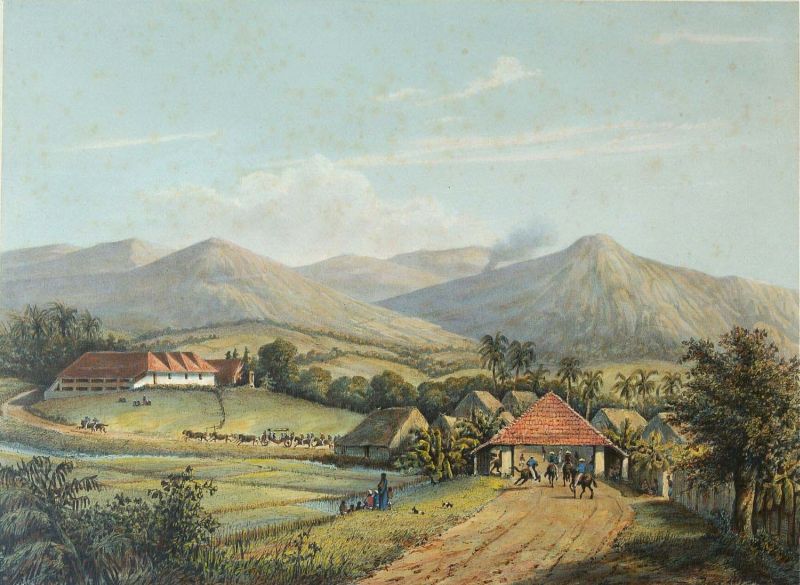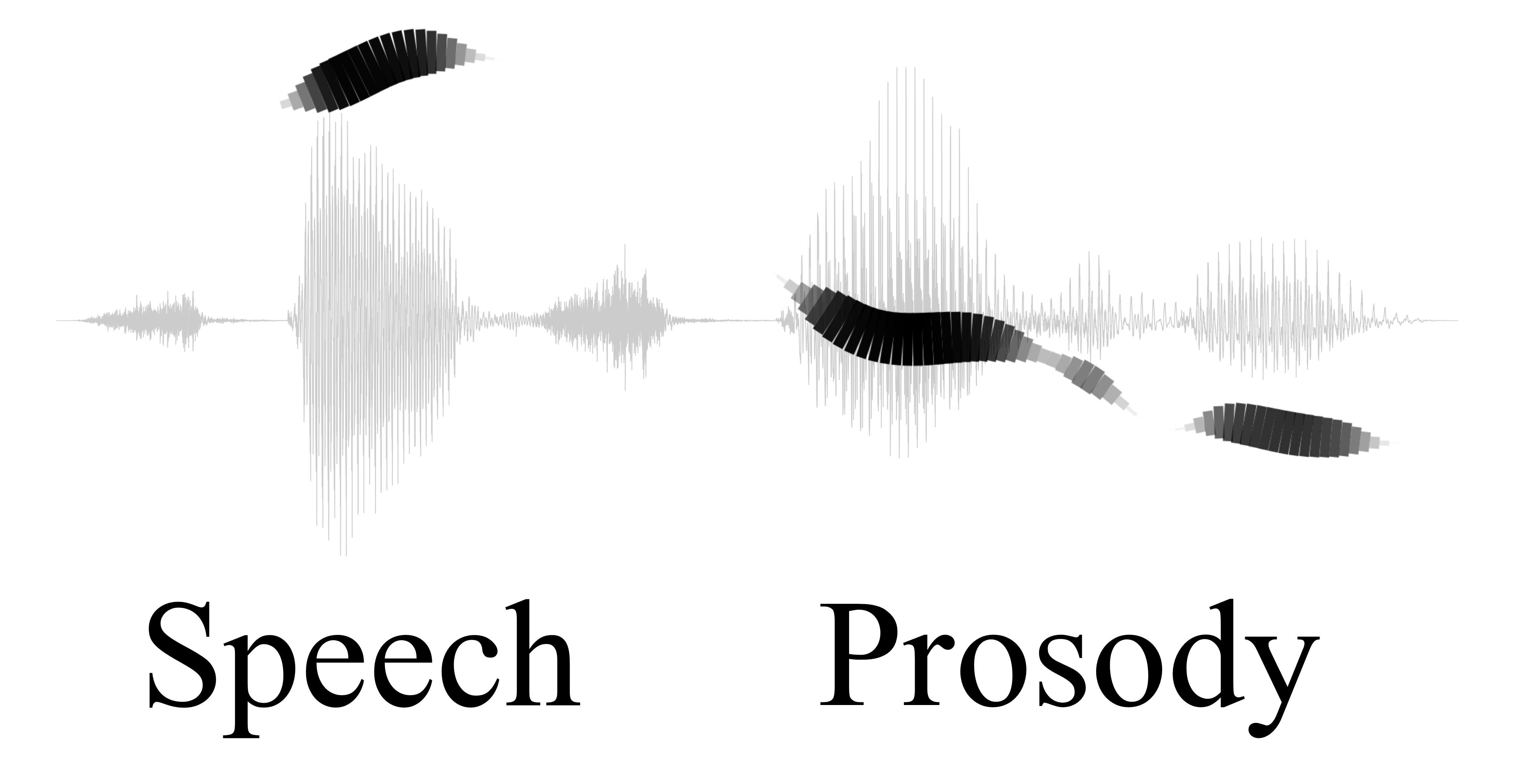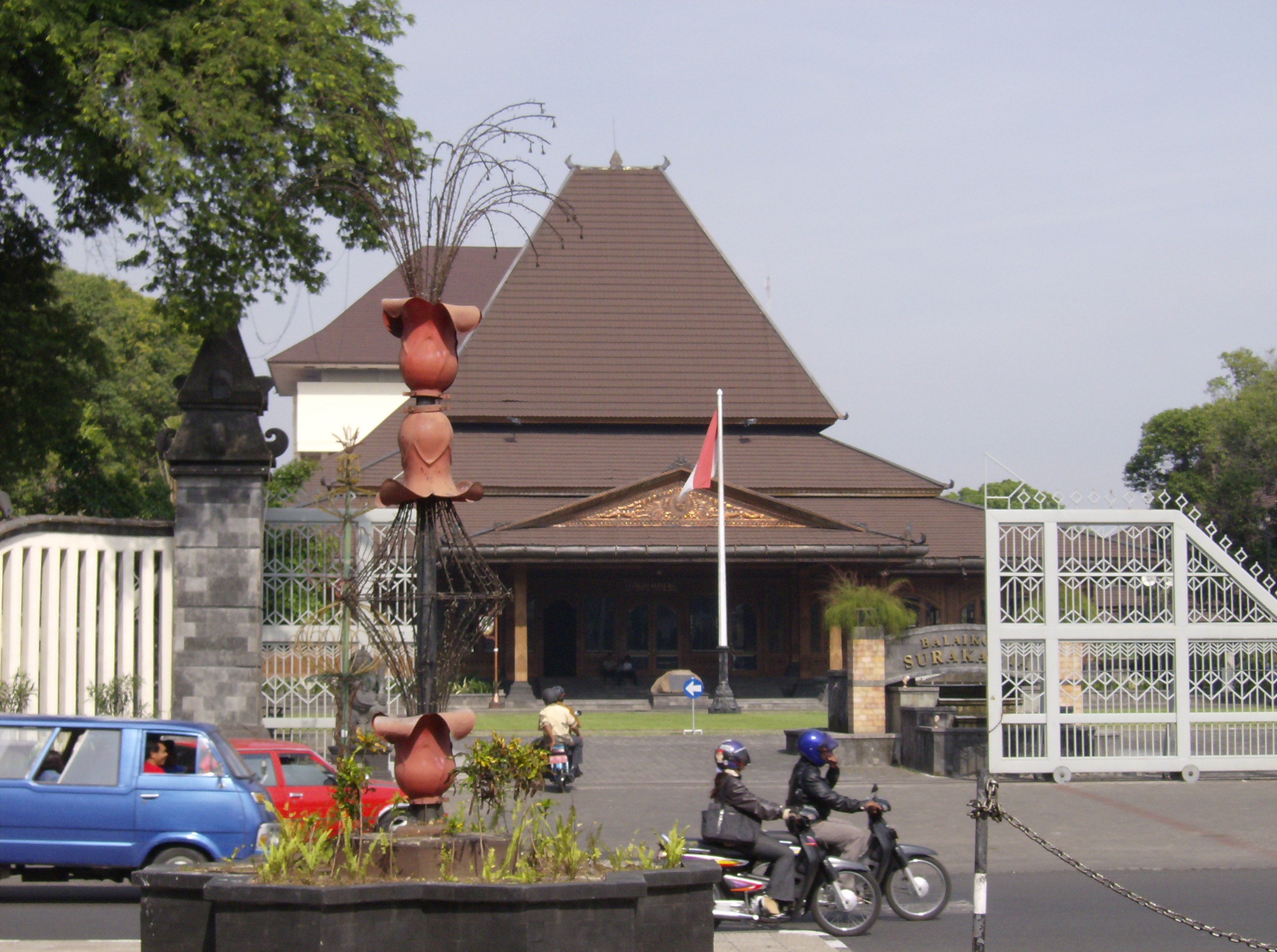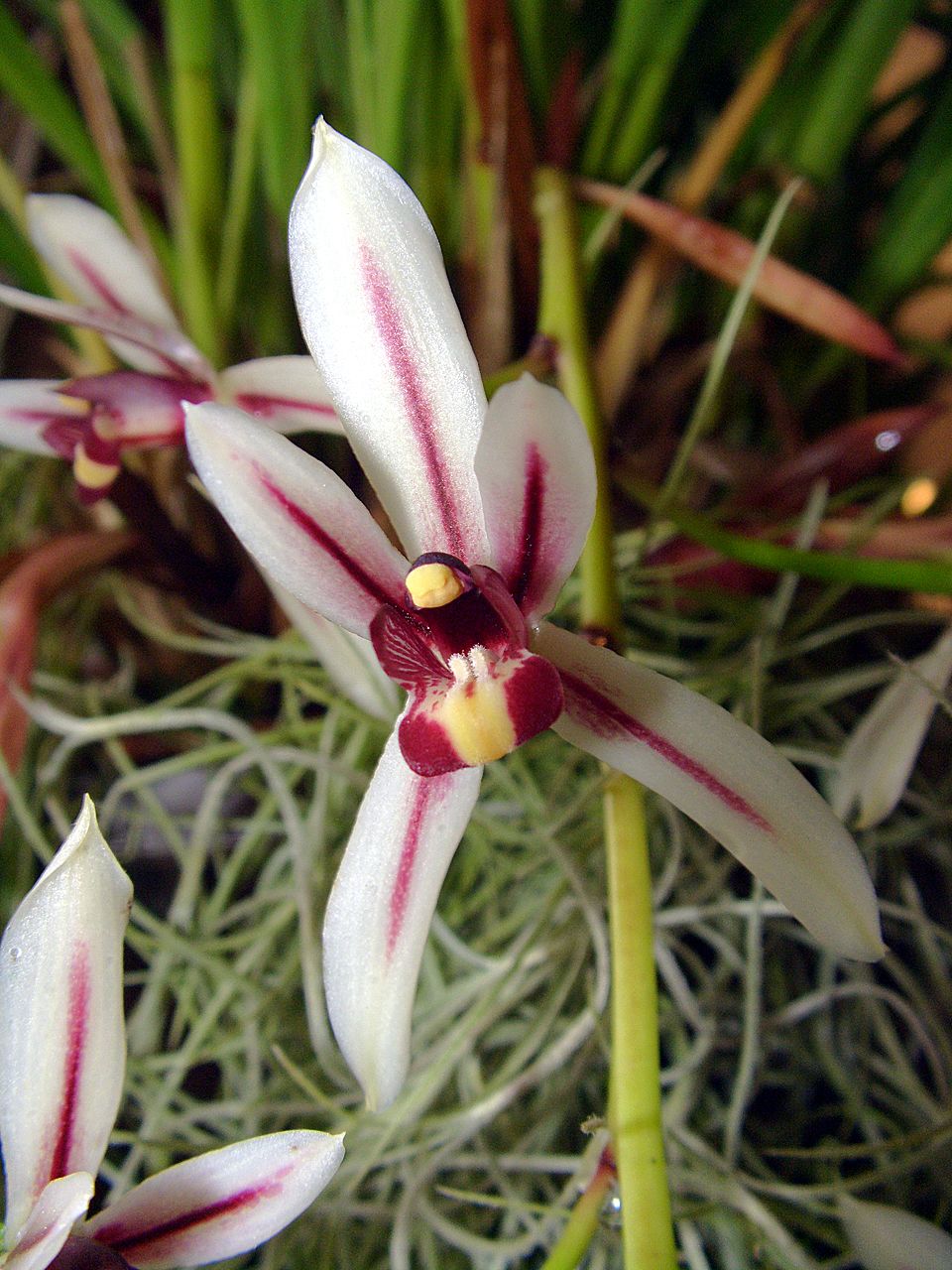|
Banyumasan Language
Banyumasan (), also known as the autoglottonym Ngapak (), is a dialect of Javanese spoken mainly in three areas of Java that is the Banyumasan, located in westernmost Central Java province and surrounding the Slamet mountain and Serayu River; a neighboring area inside West Java province; and northern region of Banten province. This area includes Cilacap, Kebumen, Banjarnegara, Purbalingga, Banyumas, Pemalang, Tegal, and Brebes regencies, together with independent cities within that region. Banyumasan is considered as one of the most conservative Javanese dialects (comparable to the Nuorese variety of Sardinian), retaining the phonology and some aspects of Old Javanese grammar in the modern language. History Scholars divide the development of Javanese language into four different stages: * 9th–13th century, known as Old Javanese. * 13th–16th century, developed to Middle Javanese. * 16th–20th century, developed to Early Modern Javanese. * Since 20th century, dev ... [...More Info...] [...Related Items...] OR: [Wikipedia] [Google] [Baidu] |
Java (island)
Java is one of the Greater Sunda Islands in Indonesia. It is bordered by the Indian Ocean to the south and the Java Sea (a part of Pacific Ocean) to the north. With a population of 156.9 million people (including Madura) in mid 2024, projected to rise to 158 million at mid 2025, Java is the world's List of islands by population, most populous island, home to approximately 55.7% of the Demographics of Indonesia, Indonesian population (only approximately 44.3% of Indonesian population live outside Java). Indonesia's capital city, Jakarta, is on Java's northwestern coast. Many of the best known events in Indonesian history took place on Java. It was the centre of powerful Hindu-Buddhist empires, the Islamic sultanates, and the core of the colonial Dutch East Indies. Java was also the center of the History of Indonesia, Indonesian struggle for independence during the 1930s and 1940s. Java dominates Indonesia politically, economically and culturally. Four of Indonesia's e ... [...More Info...] [...Related Items...] OR: [Wikipedia] [Google] [Baidu] |
Tegal Regency
Tegal Regency ( Javanese:ꦏꦧꦸꦥꦠꦺꦤ꧀ꦠꦺꦒꦭ꧀) is one of the regencies (''kabupaten'') in the northwest corner of Central Java province of Indonesia, with an area of . The regency's administrative center used to be in Tegal City, in the northwest corner of the regency, but then Tegal City was administratively separated from the regency and formed into its own territory. The city was later replaced as the administrative center of Tegal Regency by Slawi Town, which is a suburb about to the south of the city and within the district boundary. The regency had a population of 1,394,839 at the 2010 CensusBiro Pusat Statistik, Jakarta, 2011. and 1,596,996 at the 2020 Census;Badan Pusat Statistik, Jakarta, 2021. the official estimate as at mid 2024 was 1,674,803 (comprising 848,602 males and 826,201 females).Badan Pusat Statistik, Jakarta, 28 February 2025, ''Kabupaten Tegal Dalam Angka 2025'' (Katalog 1102001.3328) History The name of Tegal comes from the word '' ... [...More Info...] [...Related Items...] OR: [Wikipedia] [Google] [Baidu] |
Japanese Language
is the principal language of the Japonic languages, Japonic language family spoken by the Japanese people. It has around 123 million speakers, primarily in Japan, the only country where it is the national language, and within the Japanese diaspora worldwide. The Japonic family also includes the Ryukyuan languages and the variously classified Hachijō language. There have been many Classification of the Japonic languages, attempts to group the Japonic languages with other families such as Ainu languages, Ainu, Austronesian languages, Austronesian, Koreanic languages, Koreanic, and the now discredited Altaic languages, Altaic, but none of these proposals have gained any widespread acceptance. Little is known of the language's prehistory, or when it first appeared in Japan. Chinese documents from the 3rd century AD recorded a few Japanese words, but substantial Old Japanese texts did not appear until the 8th century. From the Heian period (794–1185), extensive waves of Sino-Ja ... [...More Info...] [...Related Items...] OR: [Wikipedia] [Google] [Baidu] |
Korean Language
Korean is the first language, native language for about 81 million people, mostly of Koreans, Korean descent. It is the national language of both South Korea and North Korea. In the south, the language is known as () and in the north, it is known as (). Since the turn of the 21st century, aspects of Korean Wave, Korean popular culture have spread around the world through globalization and Korean Wave, cultural exports. Beyond Korea, the language is recognized as a minority language in parts of China, namely Jilin, and specifically Yanbian Korean Autonomous Prefecture, Yanbian Prefecture, and Changbai Korean Autonomous County, Changbai County. It is also spoken by Sakhalin Koreans in parts of Sakhalin, the Russian island just north of Japan, and by the in parts of Central Asia. The language has a few Extinct language, extinct relatives which—along with the Jeju language (Jejuan) of Jeju Island and Korean itself—form the compact Koreanic language family. Even so, Jejuan and ... [...More Info...] [...Related Items...] OR: [Wikipedia] [Google] [Baidu] |
East Asian
East Asia is a geocultural region of Asia. It includes China, Japan, Mongolia, North Korea, South Korea, and Taiwan, plus two special administrative regions of China, Hong Kong and Macau. The economies of Economy of China, China, Economy of Japan, Japan, Economy of South Korea, South Korea, and Economy of Taiwan, Taiwan are among the world's largest and most prosperous. East Asia borders North Asia to the north, Southeast Asia to the south, South Asia to the southwest, and Central Asia to the west. To its east is the Pacific Ocean. East Asia, especially History of China, Chinese civilization, is regarded as one of the earliest Cradle of civilization#China, cradles of civilization. Other ancient civilizations in East Asia that still exist as independent countries in the present day include the History of Japan, Japanese, History of Korea, Korean, and History of Mongolia, Mongolian civilizations. Various other civilizations existed as independent polities in East Asia in the past ... [...More Info...] [...Related Items...] OR: [Wikipedia] [Google] [Baidu] |
Prosody (linguistics)
In linguistics, prosody () is the study of elements of speech, including intonation, stress, rhythm and loudness, that occur simultaneously with individual phonetic segments: vowels and consonants. Often, prosody specifically refers to such elements, known as ''suprasegmentals'', when they extend across more than one phonetic segment. Prosody reflects the nuanced emotional features of the speaker or of their utterances: their obvious or underlying emotional state, the form of utterance (statement, question, or command), the presence of irony or sarcasm, certain emphasis on words or morphemes, contrast, focus, and so on. Prosody displays elements of language that are not encoded by grammar, punctuation or choice of vocabulary. Attributes of prosody In the study of prosodic aspects of speech, it is usual to distinguish between auditory measures ( subjective impressions produced in the mind of the listener) and objective measures (physical properties of the sound wave and ... [...More Info...] [...Related Items...] OR: [Wikipedia] [Google] [Baidu] |
Register (sociolinguistics)
In sociolinguistics, a register is a Variety (linguistics), variety of language used for a particular purpose or particular communicative situation. For example, when speaking officially or in a public setting, an English language, English speaker may be more likely to follow Linguistic prescription, prescriptive norms for formal usage than in a casual setting, for example, by pronouncing words ending in ''-ing'' with a velar nasal instead of an alveolar nasal (e.g., ''walking'' rather than ''walkin''), choosing words that are considered more formal, such as ''father'' vs. ''dad'' or ''child'' vs. ''kid'', and refraining from using words considered Nonstandard dialect, nonstandard, such as ''ain't'' and ''y'all''. As with other types of language variation, there tends to be a spectrum of registers rather than a discrete set of obviously distinct varieties—numerous registers can be identified, with no clear boundaries between them. Discourse categorization is a complex problem, a ... [...More Info...] [...Related Items...] OR: [Wikipedia] [Google] [Baidu] |
Loanwords
A loanword (also a loan word, loan-word) is a word at least partly assimilated from one language (the donor language) into another language (the recipient or target language), through the process of borrowing. Borrowing is a metaphorical term that is well established in the linguistic field despite its acknowledged descriptive flaws: nothing is taken away from the donor language and there is no expectation of returning anything (i.e., the loanword). Loanwords may be contrasted with calques, in which a word is borrowed into the recipient language by being directly translated from the donor language rather than being adopted in (an approximation of) its original form. They must also be distinguished from cognates, which are words in two or more related languages that are similar because they share an etymological origin in the ancestral language, rather than because one borrowed the word from the other. Examples and related terms A loanword is distinguished from a calque (or ... [...More Info...] [...Related Items...] OR: [Wikipedia] [Google] [Baidu] |
Dutch Language
Dutch ( ) is a West Germanic languages, West Germanic language of the Indo-European language family, spoken by about 25 million people as a first language and 5 million as a second language and is the List of languages by total number of speakers, third most spoken Germanic language. In Europe, Dutch is the native language of most of the population of the Netherlands and Flanders (which includes 60% of the population of Belgium). "1% of the EU population claims to speak Dutch well enough in order to have a conversation." (page 153). Dutch was one of the official languages of South Africa until 1925, when it was replaced by Afrikaans, a separate but partially Mutual intelligibility, mutually intelligible daughter language of Dutch. Afrikaans, depending on the definition used, may be considered a sister language, spoken, to some degree, by at least 16 million people, mainly in South Africa and Namibia, and evolving from Cape Dutch dialects. In South America, Dutch is the native l ... [...More Info...] [...Related Items...] OR: [Wikipedia] [Google] [Baidu] |
Surakarta
Surakarta (Javanese script, Javanese: , Pegon script, Pegon: ), known colloquially as Solo (Javanese script, Javanese: ; ), is a major List of regencies and cities of Indonesia, city in Central Java, Indonesia. The city adjoins Karanganyar Regency and Boyolali Regency to the north, Karanganyar Regency and Sukoharjo Regency to the east and west, and Sukoharjo Regency to the south. On the eastern side of Solo lies Solo River (Bengawan Solo). Its metropolitan area, consisting of Surakarta City and the surrounding six regencies ("Greater Solo Area", formerly Special Region of Surakarta), was home to 6,837,753 inhabitants according to the official estimates for mid 2023, 526,870 of whom reside in the city proper. Surakarta is the birthplace of the President of Indonesia from 2014 to 2024, Joko Widodo, as well as his son and current Vice President of Indonesia, Gibran Rakabuming Raka. The former served as Mayor of Surakarta from 2005 to 2012, as did the latter from 2021 to 2024. His ... [...More Info...] [...Related Items...] OR: [Wikipedia] [Google] [Baidu] |
Yogyakarta
Yogyakarta is the capital city of the Special Region of Yogyakarta in Indonesia, in the south-central part of the island of Java. As the only Indonesian royal city still ruled by Hamengkubuwono, a monarchy, Yogyakarta is regarded as an important centre for classical Javanese culture, Javanese fine arts and culture such as ballet, ''batik'' textiles, drama, Javanese literature, literature, music of Java, music, Javanese poetry, poetry, silversmithing, visual arts, and ''wayang'' puppetry. Renowned as a centre of Education in Indonesia, Indonesian education, Yogyakarta is home to a large student population and dozens of schools and universities, including Gadjah Mada University, the country's largest institute of higher education and one of its most prestigious. Yogyakarta is the capital of the Yogyakarta Sultanate and served as the Indonesian capital from 1946 to 1948 during the Indonesian National Revolution, with Gedung Agung as the president's office. One of the districts in s ... [...More Info...] [...Related Items...] OR: [Wikipedia] [Google] [Baidu] |
Java
Java is one of the Greater Sunda Islands in Indonesia. It is bordered by the Indian Ocean to the south and the Java Sea (a part of Pacific Ocean) to the north. With a population of 156.9 million people (including Madura) in mid 2024, projected to rise to 158 million at mid 2025, Java is the world's List of islands by population, most populous island, home to approximately 55.7% of the Demographics of Indonesia, Indonesian population (only approximately 44.3% of Indonesian population live outside Java). Indonesia's capital city, Jakarta, is on Java's northwestern coast. Many of the best known events in Indonesian history took place on Java. It was the centre of powerful Hindu-Buddhist empires, the Islamic sultanates, and the core of the colonial Dutch East Indies. Java was also the center of the History of Indonesia, Indonesian struggle for independence during the 1930s and 1940s. Java dominates Indonesia politically, economically and culturally. Four of Indonesia's eig ... [...More Info...] [...Related Items...] OR: [Wikipedia] [Google] [Baidu] |






